As global standards shift and geopolitical factors influence logistics, OEMs and suppliers must implement more sophisticated tracking methods to comply with emissions mandates. From the European Union’s stringent policies to China’s evolving standards and the uncertainty in US regulations, understanding the latest emissions reporting frameworks and digital solutions is crucial for a sustainable and competitive automotive logistics sector.
Tracking and reducing emissions in automotive supply chains is difficult across such complex networks and varying transport modes. While the automotive sector has been calling for clarity on measuring emissions for years, standards and regulations continue to change as technologies develop and improve, supply and demand cause networks to morph and fluctuate, and geopolitical and meteorological events inhibit certain transport modes or routes and force companies to use higher-emission alternatives.
Under varying reporting regulations across regions, governments and regulatory bodies, companies are usually required to report greenhouse gas emissions (GHG) emissions data in metric tons of carbon dioxide equivalent (CO2e) by collecting data (sometimes across the entire n-tier supply chain), using methodologies to calculate emissions, looking at the external factors that may be affecting the emissions, and sticking to a set reporting format.
Global regulations and compliance: EU, US and China
Regulations for automotive industry emissions vary by region and can change under new governments.
The European Union has some of the strictest and most comprehensive regulations, and these are primarily mandated through the EU Emissions Trading System (EU ETS). This requires companies to monitor, report and verify annual greenhouse gas emissions per vehicle. OEMs are required to keep annual fleet emissions below 95g CO2/km for cars and 147g CO2/km for vans, and if a carmaker exceeds these targets, they face financial penalties. In the EU, other factors are considered when calculating and reporting emissions, including EV sales.

In the US, there is no set mandate for automotive industry emissions, but the Environmental Protection Agency (EPA) and the Department of Transportation (DOT) have been regulating GHG emissions from vehicles in the country in recent years. However, since Donald Trump’s inauguration in January this year, that looks set to change. In his inaugural speech, Trump said he would “revoke the EV mandate”, seemingly referring to EPA’s rule that requires OEMs to cut GHG emissions in half for light and medium vehicles by 2027. He also announced that America would withdraw from the Paris Agreement, a legally binding international treaty on climate change.
Currently, with Trump’s renewed push for oil and gas drilling in the US and away from electrification, it is likely that emissions mandates or regulations will not be enforced, and while individual companies may still push forward with sustainability roadmaps, a lack of financial incentives or penalties may dissuade them.
Of course, within the US there are more regionalised regulations, such as the California Air Resources Board (CARB). Trump is moving to revoke CARB’s waiver to regulate vehicle emissions, but for now, the body is fighting back. It did, however, pull out of its request to EPA to phase-out diesel-powered rail and road logistics by 2036.
China has also implemented its own set of vehicle emissions regulations under what’s known as the China 6 Standard and has been implemented across two phases. Phase 6a took effect in 2020 and was based on the EU’s standards, and 6b was introduced in 2023 and called for stricter limits on pollutants in vehicles, including a 50% reduction in hydrocarbons, a 40% reduction in nitrogen oxides, and a 33% reduction in particulate matter. Vehicles that don’t comply with the standards cannot be produced, sold or exported, according to the International Trade Administration. According to the China Association of Automobile Manufacturers (CAAM), more than 95% of passenger vehicles sold in China comply with the initial China 6 standards since their implementation in 2020.
Carbon accounting and reporting standards in automotive supply chains
The main international standard for carbon accounting within the logistics industry is ISO 14083, which was created by the International Organization for Standardization (ISO), an independent, non-governmental organisation.
![]()
This standard has a focus on measuring and reporting emissions across all stages of a supply chain and is designed to be used by logistics companies worldwide. It also aligns with the Global Logistics Emissions Council (GLEC) framework and Greenhouse Gas Protocol.
Generally, under Greenhouse Gas Protocol, emissions should be tracked across the supply chain under scopes. Scope 1 emissions tracking and reporting covers direct GHG emissions from sources owned or operated by the company, so in the case of OEMs, this would cover the emissions from the manufacturing facilities. Scope 2 includes indirect emissions from the consumption of purchased energy or electricity for the manufacturing, and Scope 3 emissions are those that occur across the tier-n supply chain, including those from the use of sold vehicles.
Life-cycle assessment is another way of tracking and reporting emissions, tracking emissions from cradle to grave of the vehicle, from raw material extraction to manufacturing, and from logistics to consumer use of the vehicle.
Impact on transport modes and collaborative initiatives
Most of the international standards are generalised and don’t delve into the varying needs and impacts on transport modes, but industry organisations – particularly in Europe – have been working together to promote and implement best practices in carbon measurement, management and reduction across transport modes to accelerate the decarbonisation of automotive logistics.
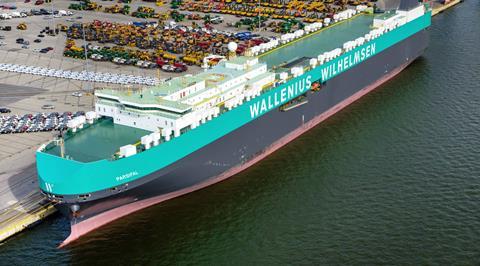
The Association of European Vehicle Logistics (ECG) teamed up with the international non-profit Smart Freight Centre (SFC) in 2023 to publish the first harmonised methodology on ro-ro GHG emissions. The methodology is aligned with existing ISO standards and allows shipping lines to have a reference guide which will support them and car manufacturers in their decarbonisation journey, according to the ECG.
Ro-ro participants in the project included Danish shipping line DFDS, Italian firm Grimaldi Group, Toyota Group’s Japan-based Toyofuji Shipping, United European Car Carriers (UECC) and Norwegian company Wallenius Wilhelmsen. The firms involved provided feedback that the methodology should not solely rely on cargo mass as the unit for quantity of freight in the calculation of transport activity and emissions and asked for a set of transport operating categories (TOCs) specific to ro-ro sea transport to reflect sector-specific terminology. The TOCs are key to enabling cargo owners to select the most accurate emission intensity for the transport and apply it in their emissions tracking.
In October last year, the ECG and SFC took this a step further and promoted emissions methodology guides set up by the ECG and the German Association of the Automotive Industry (VDA), which use the GLEC Framework, for shippers, carriers and logistics service providers. The ECG and SFC also committed to continuing collaboration on the guidelines and training programmes tailored to the vehicle logistics sector.
The role of digitalisation and emerging emissions tracking technologies
The automotive industry employs a range of technologies and digital tools to monitor and manage emissions throughout its logistics and supply chain operations. As digitalisation of the industry increases, these technologies are becoming increasingly accurate and important.
In recent years, GPS tracking technologies and Internet of Things (IoT) sensors have been used to help individual companies calculate emissions, but specialised software platforms can further assist automotive logistics in tracking, analysing and reducing their emissions across their supply chains. These types of platforms are essential for tracking emissions tailored to specific modes – for example, NYK Line began using technology from Stax Engineering this year to capture exhaust emissions from the vessels it operates in Californian ports – but a problem in these sorts of platforms currently can be a lack of interoperability with other existing software systems in the supply chain.
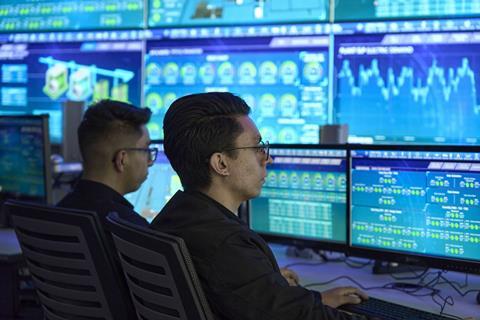
Blockchain technology and artificial intelligence (AI) could be a solution to this, as it provides a transparent ledger for recording emissions data across companies and platforms, enhancing traceability and accountability. In 2022, shipping firm Wallenius Wilhelmsen bought a minority share in blockchain platform Vinturas, with the expectation that the investment would further improve data sharing, cut waste, reduce emissions and provide more transparency across the supply chain.
Automotive safety system supplier Autoliv has been using these digital tools, as its vice-president of global logistics, Dr Gisela Linge, previously told Automotive Logistics.
“The rather new development of mapping supply chain networks [has been] driven by the need for more transparency along the supply chain to account for scope 3 emissions and to meet regulatory and customer requirements,” she said, adding that AI and more advanced data, forecasting and automation tools are being implemented for this. Gathering emission data within our own operations and logistics is important so that we can build digital solutions to account for our emissions and track our initiatives,” she says, “but we need to collaborate along the supply chain too.”
As reported on our sister site, AMS, BMW’s San Luis Potosí plant in Mexico is driving global sustainability with solar power, water reuse, and AI-driven carbon reduction, using a digital control room as a centralised hub that aggregates vast amounts of data from across several facility processes.
Strategic advantages of emissions monitoring in automotive logistics
By tracking and reporting on supply chain emissions, carmakers and automotive logistics firms can gain a competitive advantage, even if regulations are not strictly enforced in their regions of operations. According to the ISO, taking action on emissions within the supply chain can enhance supply chain resilience by mitigating disruptions caused by extreme weather events, tap into consumer preferences, strengthen brand reputation, and realise economic benefits through cost savings from energy efficiency and emission reduction strategies.
Also, by tapping into emissions tracking technologies such as blockchain, other aspects of the supply chain can also be measured and assesed to increase efficiency, improve lean logistics, increase supply chain transparency and strengthen supply chain resiliency. For example, in 2020 Volvo Cars invested an undisclosed sum in blockchain technology provider Circulor to provide visibility into its carbon emissions. The technology is also allowing the OEM to track where its raw materials for EV batteries are being sourced.
And emissions tracking and recent trends of nearshoring and localisation could go hand in hand as companies seek to balance cost, sustainability and resilience in their logistics networks. Shorter, more regionalised supply chains could reduce the impact of lenghthy shipping routes on a firm’s carbon emissions and thereby make it easier to calculate, track and report.
Nearshoring and localisation are not just cost-driven strategies but are increasingly seen as a sustainability imperative. Companies that integrate emissions tracking with supply chain localisation will be better positioned to meet regulatory requirements, cut carbon footprints, and create more transparent, efficient, and sustainable automotive logistics networks.
At Automotive Logistics & Supply Chain Europe 2025, sustainability will be a core theme of discussions, with sessions on green logistics and emissions tracking and reduction. Taking place from 18-20 March in the Kameha Grand Bonn, Germany, panel sessions will focus on the role of AI and digital tools in enhancing emissions tracking, transparency and operational efficiency.
Topics
- Compliance & Policy
- Data Analysis & Forecasting
- Data Integration & Interoperability
- Digitalisation
- Editor's pick
- features
- Finished Vehicle Logistics
- Fleet & Route Optimisation
- Inbound Logistics
- Kaizen & Continuous Improvement
- Lean Logistics
- Logistics IT
- Logistics service provider
- Nearshoring
- Nearshoring Strategies
- OEMs
- Policy and regulation
- Rail
- Road
- Shipping
- Suppliers
- Supply Chain Planning
- Supply Chain Purchasing
- Sustainability
- Sustainability Initiatives
- Sustainable Supply Chain Design
- System Integration
- Technology Integration
- Technology service providers
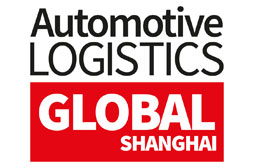



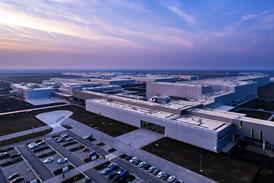
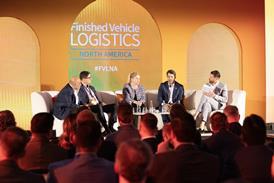
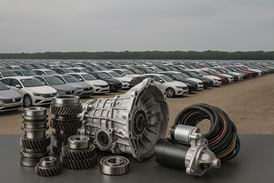

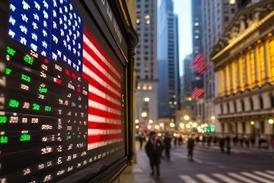




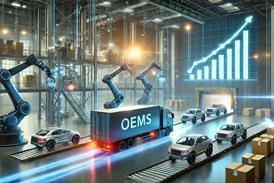
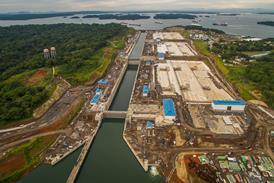


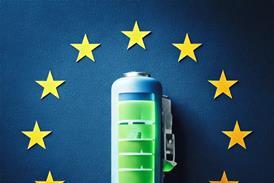
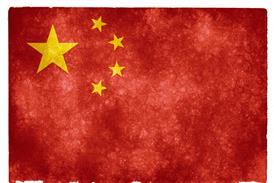





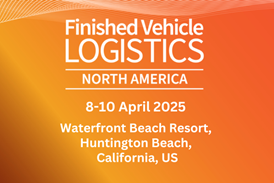
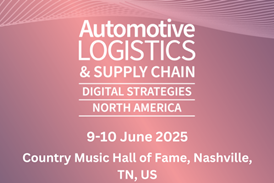
![Global[1]](https://d3n5uof8vony13.cloudfront.net/Pictures/web/a/d/s/global1_726550.svgz)
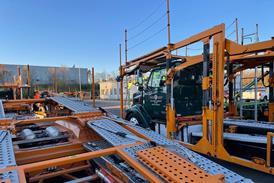
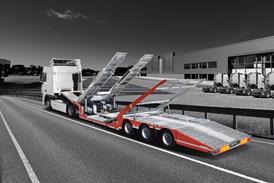
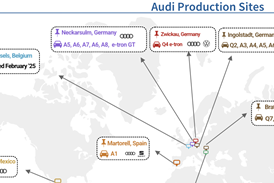
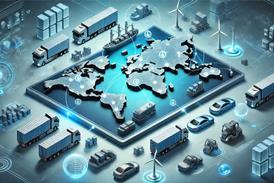
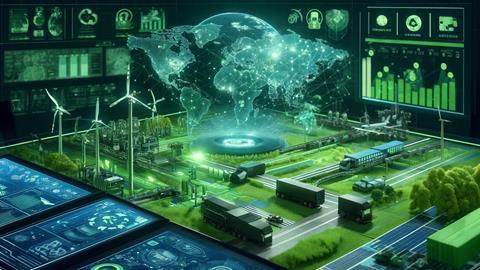


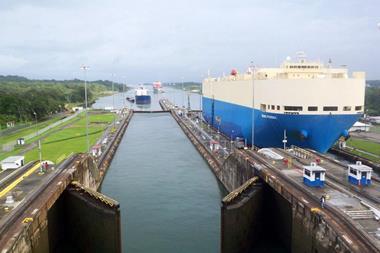

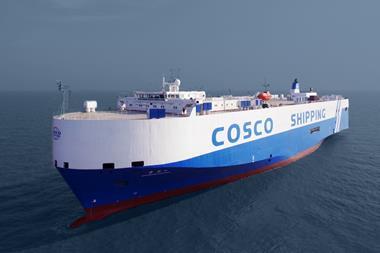
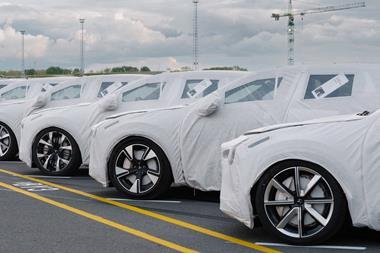
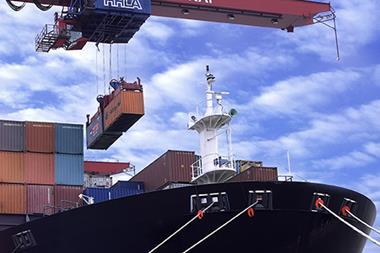



No comments yet